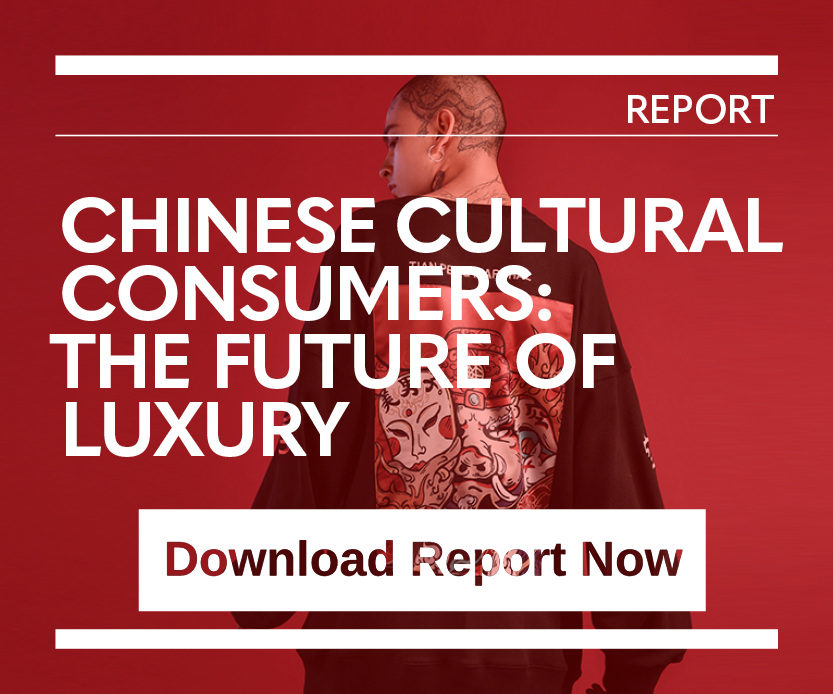On November 22, state-run China Daily teamed up with tech giant Baidu on the launch of a digital collectible series, launched on Baidu’s digital collectible platforms “D+” and “Galaxy Pocket” (星际口袋). The collection features four paintings of the rare, endangered crested ibis, which is found almost exclusively in China.
The collectibles were released to commemorate the 14th meeting of the Conference of the Contracting Parties to the Ramsar Convention on Wetlands hosted by China and the 40th anniversary of China’s protection of the species. Each painting has an edition of 1,250 copies made available on a first-come, first-serve basis.
This is not the first time Chinese institutions have sought to raise awareness of environmental and endangered species protection by issuing digital collectibles. In March 2022, Baidu and the Shan Shui Conservation Center, a Chinese environmental protection organization, jointly issued a collectible series that features endangered species in China. The digital collectible for each animal was limited to 16,666 copies, all of which quickly sold out.
That same month, the Hong Kong-listed China Carbon Neutral Development Group announced the world’s first carbon asset digital collectible, which enterprises or individuals could purchase to offset their carbon emissions. Then in August, the China Environmental Protection Foundation collaborated with digital art company 42VERSE to mint a digital collectible blind box series featuring the endangered black-and-white snub-nosed monkey from China’s Yunnan province.
However, similar initiatives were met with skepticism in the West. An immediate social media backlash ensued this February when the World Wildlife Fund (WWF) issued NFTs to raise money for endangered species. Critics pointed out that since WWF’s NFTs ultimately rely on the energy-intensive Ethereum blockchain, the initiative is hypocritical and self-defeating. (However, since Ethereum has more recently shifted to a greener “proof-of-stake” system, this kind of criticism is less likely to hit Ethereum-based NFT releases.)
The differing reactions to comparable practices in China and the West can be explained by China’s unique approach to Web3. Chinese tech giants typically rely on consortium chains, instead of the public blockchain that powers cryptocurrencies like Bitcoin.
Therefore, China’s digital collectibles are not identical to NFTs. Rather, Chinese digital collectibles are limited copies of artwork and their values are backed up by the credibility of the issuing platforms. Users are prohibited from transacting the collectibles, eliminating the demand for mining more cryptocurrencies. A study by China’s Central University of Finance and Economics boasts that digital collectibles only require one percent of the energy used in minting NFTs.
Additionally, digital collectibles in China frequently promote Chinese cultural and natural heritage. As such, they are a great way to pique the interests of Chinese Gen Zers in endangered species, which they normally would not learn about in their daily lives.
For now, China’s digital collectibles seem to be more suited than NFTs to raise awareness of endangered-species protection. To achieve the same effect, global Web3 initiatives will need to first explore options on how to neutralize the emissions caused by public blockchains.




